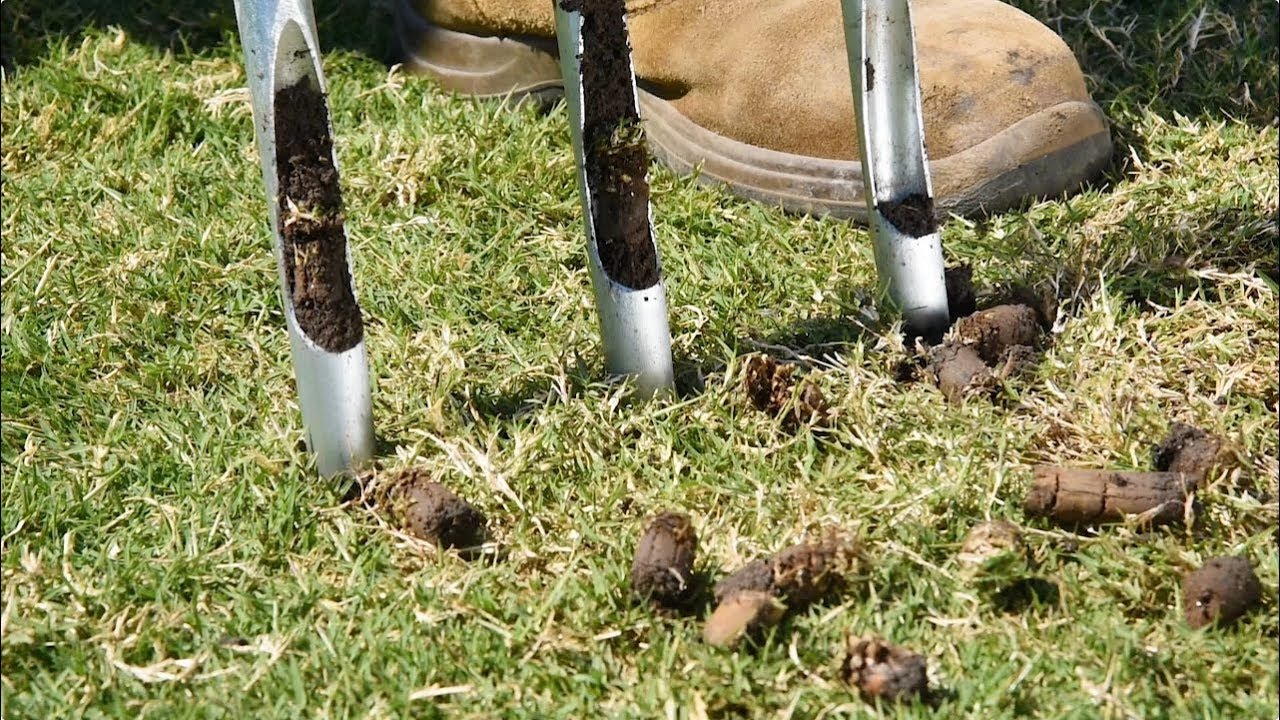When you think about preparing your lawn for winter, you might picture raking leaves, overseeding bare patches, or giving it one last mow. But there’s one step most homeowners skip — and it’s the one that can turn a patchy, sluggish spring lawn into a lush, envy-inducing carpet of green: fall aeration.
What is Aeration?
Aeration is the process of perforating your lawn with small holes, typically using a core aerator, to loosen compacted soil and allow air, water, and nutrients to penetrate deeper into the root zone. Over time, soil compacts naturally from foot traffic, mowing, and even rainfall. That compaction acts like a lid on your lawn, making it hard for roots to breathe, drink, and grow.
Fall aeration gives your lawn a second wind — just before winter sets in.
Why Fall is the Best Time to Aerate
1. Roots Are Hungry Before Winter
Cool-season grasses (like fescue, rye, and bluegrass) are actively growing in the fall. Aeration during this period gives roots more access to oxygen and nutrients exactly when they’re bulking up to survive the cold months.
2. Soil Conditions Are Prime
In fall, the soil is usually moist from seasonal rains but not waterlogged, making it easier for aerator tines to penetrate without tearing up your turf.
3. Reduced Weed Competition
Aerating in spring can unintentionally invite weed seeds (like crabgrass) to germinate in those freshly made holes. Fall aeration gives your grass time to recover without fighting aggressive summer weeds.
4. Perfect Partner for Overseeding
Aeration opens channels for seeds to settle in, making fall the ideal time to pair aeration with overseeding for a thicker lawn come spring.
The Spring Payoff
- Stronger Root Systems – Roots have grown deeper over winter, giving your grass resilience against drought and heat.
- Better Nutrient Uptake – Fertilizers applied in late fall can work their way deep into the soil and feed the root zone.
- Improved Drainage – Less pooling water and muddy spots in spring.
- Fewer Bare Patches – Fall overseeding takes advantage of the holes made during aeration, leading to a dense spring lawn.
Pro Tips for Successful Fall Aeration
- Aim for Mid to Late Fall – When daytime temps are between 55–75°F for cool-season grasses.
- Use a Core Aerator – Spike aerators don’t remove soil plugs and can actually add to compaction.
- Follow with Fertilizer and Seed – Aeration is like opening the door — now’s the time to feed and invite in new growth.
- Water After Aeration – A deep soak helps nutrients and seeds settle into those fresh holes.
Bottom Line
Fall aeration is the lawn-care equivalent of setting money aside for future you. The effort you put in now doesn’t just prepare your lawn for winter — it supercharges its ability to burst back to life in spring. Come April, you won’t just have grass — you’ll have bragging rights.
At GreenMaker Lawn Care, we specialize in personalized lawn plans that match your yard’s unique needs and health. Whether you’re dealing with brown patches, summer weeds, or planning for next spring, we’ve got your back.
👉 Ready for a lawn checkup or want to book your fall services now? Contact us here.

